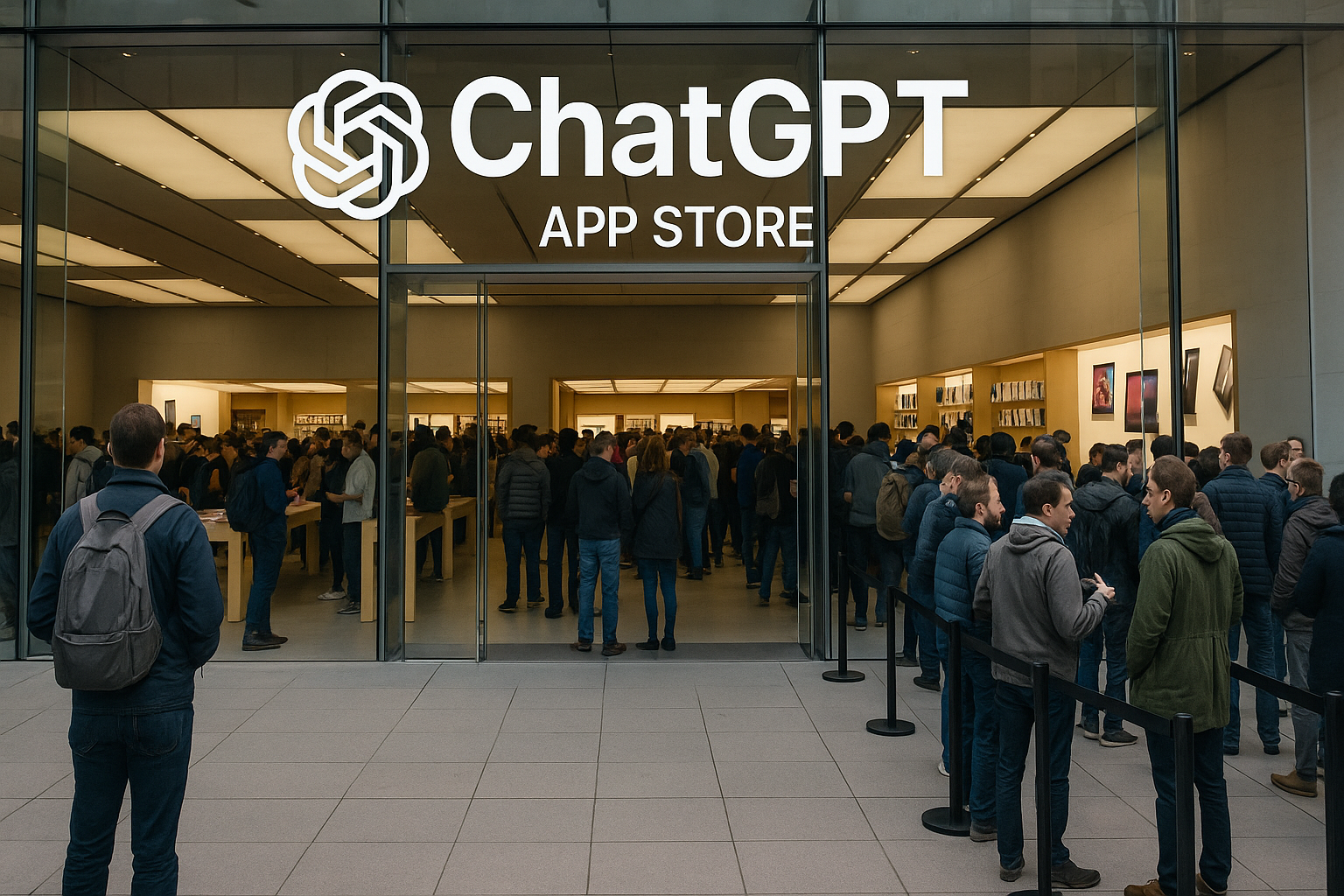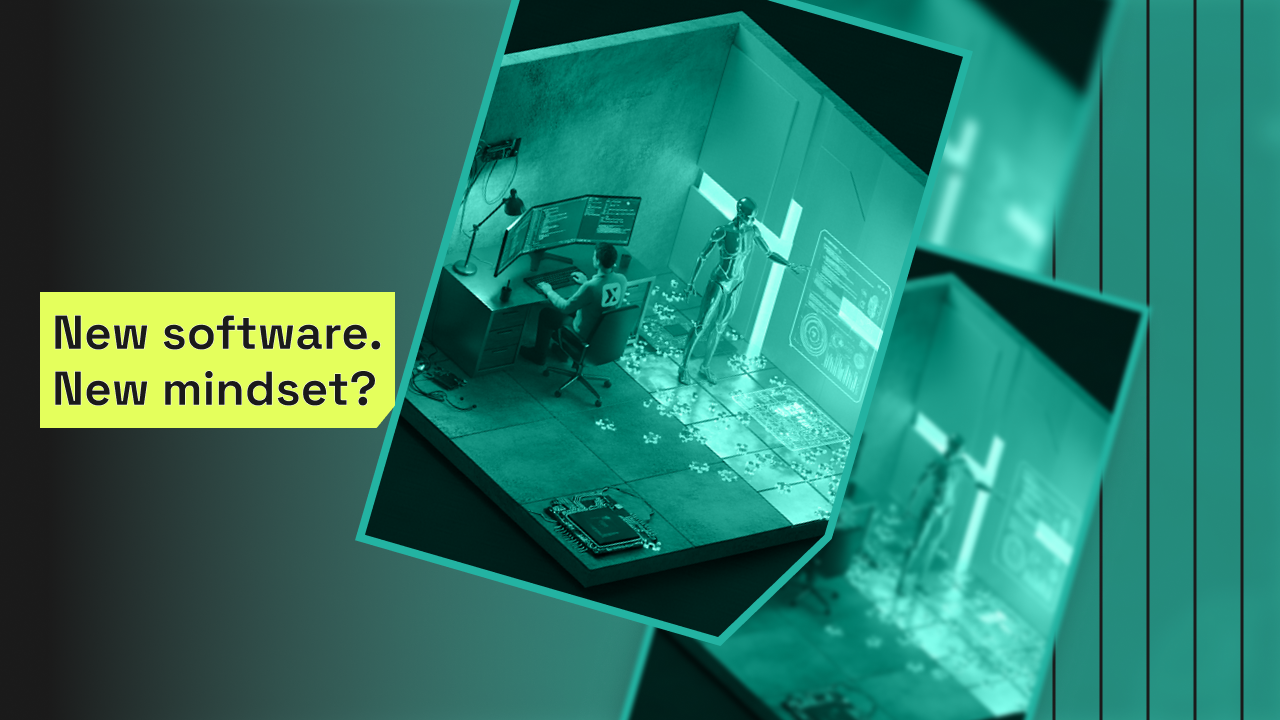5 Signals That Your Competitors Are Already Exploring Agentic AI
Rob Borley
4 min read • 10 July 2025
Your competitors have changed
You can feel it, even if no one’s said it out loud. Something has changed.
You have always had one eye on your industry peers. Many of them are former colleagues, maybe you'd call them friends. Competitors in the nicest sense of the word. Frienamies.
And you've noticed that teams that once moved at glacial pace are suddenly releasing features at a whole new level of cadence. Prototypes and experiments that used to take quarters are now done in weeks; even days. Your competitors who could never quite ship on time are suddenly suspiciously ahead of the curve.
It’s tempting to think they’ve hired better people or got a great new supplier involved. Maybe they have a new Head of Product, a lot of new well spent investment or a really hot run of luck.
But something has definitely changed. And if you look closely, the signs are there.
Here are five of them.
1. Their ‘Proof of Concept’ Projects Are Getting Very Polished
You’ve seen the demos and product previews. They are boldly teasing new features and what they’re calling “early exploration” or “experiments” that already look way beyond a beta. These aren’t slide decks and static mock-ups. These are integrated systems that are very very close to what could be described as production ready.
They are not putting in hours of extra work. They are putting Agents to work.
Agentic AI isn’t just about adding intelligence into products. It’s about embedding autonomy into processes. What would have taken a small team 3 months can now be completed by a single architect orchestrating their agentic team. Work doesn’t just get faster and more efficient, it gets done without waiting for human intervention.
If their PoCs feel too good, too soon, it’s because they are. This is evidence of agentic workflows in action.
2. They’re Hiring Differently (Or Not Hiring at All)
You’ve probably seen the job posts start to shift. Less “full-stack engineer.” More “AI workflow designer.” Fewer data scientists. More prompt engineers. Less juniors, more architects. Or maybe no new hires at all.
Maybe there is not only a drop in open roles but also a reduction in headcount.
That’s not an exercise in cost cutting. This is the leverage that comes from deploying an agentic workforce and supplying the top individuals in the team with an incredible set of new tooling.
When a team starts using agentic systems, they stop scaling headcount as a first instinct. The logic is simple: if work is trending to zero, adding people isn’t the way to success anymore. Orchestration is. And the smartest orgs are quietly shifting that mindset from top to bottom.
The organisations that are moving on this are not only doing the same things with fewer people but are engaging in new activities entirely. They are operating differently with the same people.
👉 The Beginning of the END of work
3. They’ve Gone Quiet But Keep Shipping
You know the competitor I’m talking about here; they shout a lot, about everything. Every release had a blog post, every new feature had a conference talk and you could figure out their roadmap by watching their LinkedIn. They might not have shipped a lot but they did talk.
Not anymore.
Now it’s just quiet momentum. Feature drops without celebration. Major improvements without big announcements. You only find out what they’ve built when your customers mention it and by the time you check their release notes a new feature has landed.
This is not a new found sense of humility.
Agentic workflows change how teams are able to work internally. This means that they are able to execute on parallel workstreams across multiple bets to test the market reaction rather than simply pitching an idea via marketing that may one day ship if it generates enough interest.
The talking stops. The doing starts. And by the time they share anything, it’s already live.
They’re not being secretive. They’re just moving too fast to narrate every step.
4. Their Users Are Suddenly Doing More (Without Realising It)
You’ve noticed their users are more engaged. They have become advocates because they’re getting more value, more often. But it’s hard to pinpoint exactly why.
This is the quiet power of autonomy.
Agents don’t just support users, they act on their behalf. They understand intent and don’t need to wait for a human interaction to deliver the outcome.That means users don’t have to re-engage to see progress. Things get done while the user focuses on something else.
If you’re still measuring success in terms of clicks and sessions, you'll miss what is happening here. In this new world we are not looking for more engagement from the user. Our benchmark is based on what can be achieved with the least amount of user effort.
5. Their Strategy Has Shifted from Building to Orchestrating
The language has definitely changed.
Where they would talk about launching features they are now orchestrating outcomes. The focus on goal completion and not on delighting the user with interface improvements.
Their roadmap isn’t a list of features. It’s a series of flows leading to results; outcomes.
That’s an agent-first worldview.
The smartest teams aren’t thinking in buttons and screens anymore. They're replacing UI with intention. Product with process. Features with flows.
It's a new lexicon and it’s hard to miss.
The Silence Is the Signal
It seems unlikely that your competitor will put out a press release that says, “We’re building with agents now.” There won’t be a grand unveiling. The companies already moving in this space don’t need to tell the world.
They just move faster than you. Build leaner than you. Deliver value more fluidly than you.
And they’re already doing it.
This isn't about panic. It's about awareness. You don’t need to leap into agentic AI today. But you do need to know who’s already running the playbook. And you need to be honest about what happens if you wait too long to follow.
Rob Borley

.png)
